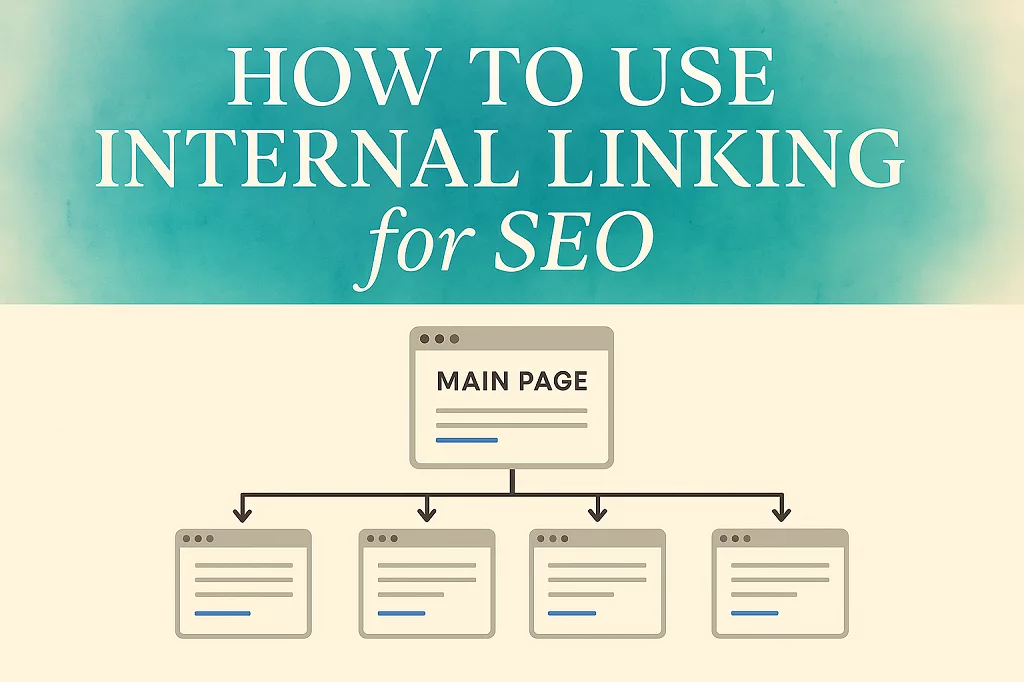
Mobile SEO Optimization Best Practices

The Mobile SEO Optimization Revolution is Here
As smartphones and mobile devices continue to dominate our daily lives, it’s no surprise that search engines are prioritizing mobile optimization over traditional desktop searches. Mobile SEO optimization isn’t just an added bonus—it’s crucial for driving traffic, engagement, and conversion. Let’s dive into the best practices to revolutionize your SEO strategy.
Mobile-Friendly First, Always
Your site must be mobile-friendly. This means easy-to-read text, fast-loading pages, and an intuitive navigation structure. If your website doesn’t work well on mobile, Google will lower your ranking. Take a look at Gmail, for example. It loads quickly and is easy to navigate, which is a testament to the importance of mobile-friendliness.
Some crucial elements to consider for mobile-friendly sites include responsive design, images optimized for mobile, and easy-to-click buttons.
Responsive Design is a Must
A responsive design ensures that your website looks good on any screen. This means your site will adjust to fit the screen size of the device it’s being viewed on. To ensure your website is responsive, use a mobile-first approach. Start designing your site for a mobile device and then scale it up for larger screens.
Implementing responsive design is as simple as adding a meta tag in your site’s HTML. The meta name="viewport" content="width=device-width, initial-scale=1.0" /> tag is a good starting point.
Focus on Mobile User Experience
A good user experience (UX) is crucial for mobile SEO. UX includes a variety of factors including site speed, navigation, and user interaction. Your site must be fast and easy to navigate to satisfy mobile users. For example, Tinder loads quickly, making it an easy choice for a swipe.
Make your site easy to navigate. Use clear buttons and menus that are easily clickable. And finally, avoid pop-ups. Pop-ups can distract mobile users and lower your ranking.
Optimize Your Content for Mobile Users
Mobile users are looking for content that is relevant and engaging. Optimize your content for mobile by using shorter paragraphs, bullet points, and images. Additionally, ensure that your content is easy to read. For example, Instagram uses short paragraphs and bullet points to convey information.
Another great way to optimize your content for mobile users is by including short videos and tutorials. Mobile users love to watch short videos and tutorials, and by incorporating these into your site, you can attract more mobile users.
Regularly Monitor Your Mobile SEO Performance
Finally, it’s essential to regularly monitor your mobile SEO performance. Track your search rankings and mobile user engagement to see how your site is performing. Regularly analyze your site’s performance to identify areas for improvement.
Use tools like Google Analytics and Google Search Console to monitor your site’s performance. These tools provide valuable insights into your site’s performance and can help you identify areas for improvement.
Take Action Today
Mobile SEO optimization isn’t just an option—it’s a necessity. By implementing these best practices, you can attract more mobile users, drive more traffic, and boost your conversion rates. Take action today and start optimizing your site for mobile.
The mobile SEO revolution is here, and it’s time for you to join in on the fun.
You May Also Like

[object Object]
July 4, 2025
Tracking Your SEO Success: A Step-by-Step Guide
July 20, 2025


